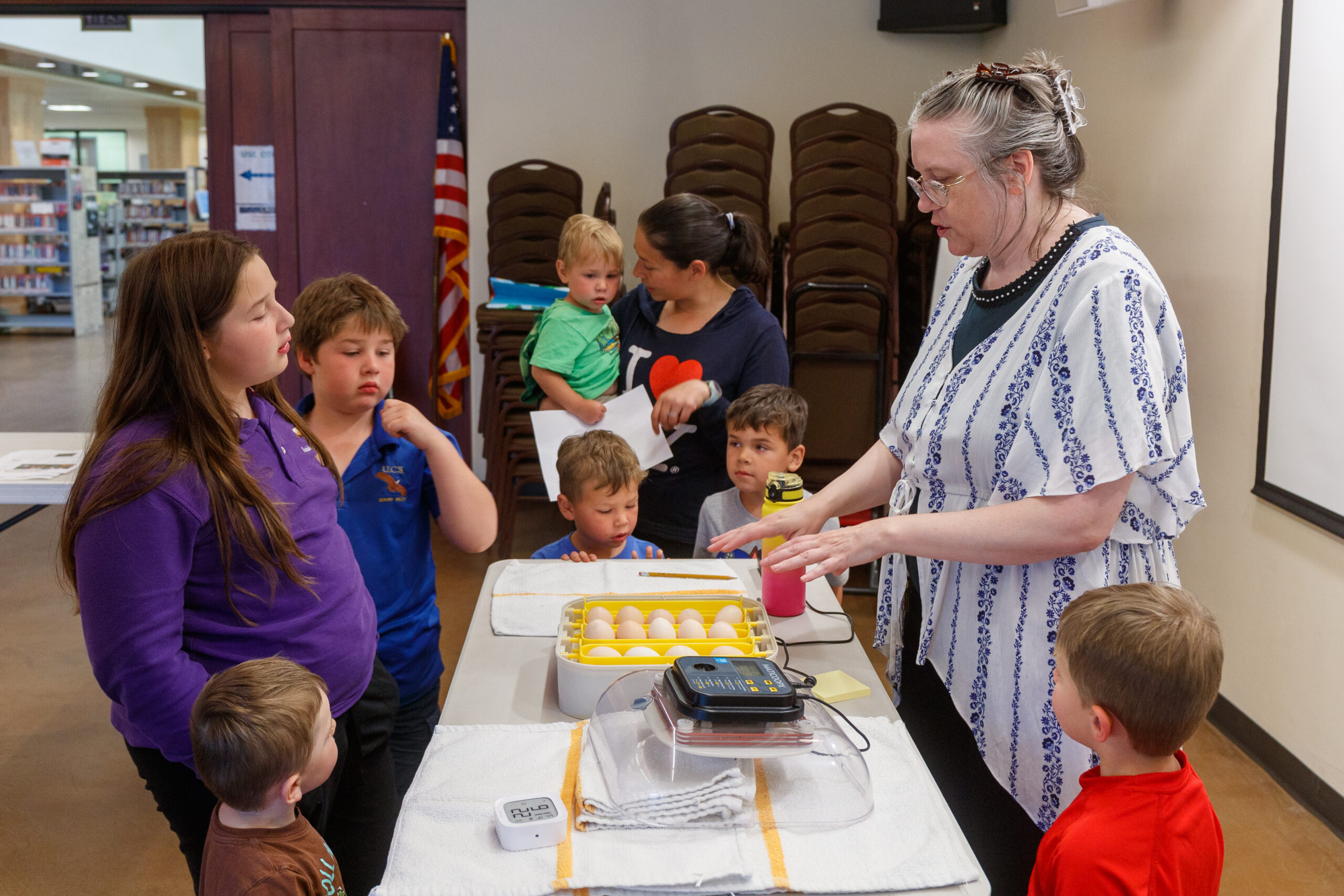Recently released numbers from the U.S. Census Bureau show that while Yavapai County and the Verde Valley grew in population, in some places like Camp Verde the growth was less than some people were expecting.
Late last year, the 2010 census, mandated by the U.S. Constitution to be conducted every 10 years, revealed that America’s population grew by nearly 10 percent from 2000 to 308,745,538.
Arizona accounts for 6,392,017 of that figure, a nearly 25 percent jump from population figures released in 2000. It was enough to give the state an extra seat in the U.S. House of Representatives, which divides up the set number of 435 representatives based on population. When one state gains a seat, another state loses one.
Population in Yavapai County also exploded nearly 26 percent from 167,517 in 2000 to 211,033 people counted in 2010. That growth also has representation repercussions because state law requires counties with more that 175,000 residents to be governed by a five-member board of supervisors. The county currently has a three-member board and has been looking at options for county redistricting.
On every level of government, including counties, cities and towns, population plays a role in how much funding from federal and other sources a local government may be eligible for.
In the Verde Valley, every municipality in the region gained population except for Sedona.
The city in the red rocks lost 161 over the last three years with a 2010 population of 10,031.
In Camp Verde, officials had been expecting much more growth that what the numbers actually revealed following a decade that brought a good bit of housing construction at its midpoint.
While there are a few more houses in 2010 than there were in 2000, the population grew from 9,451 to 10,873 over the same period.
The number represents a 15 percent growth rate, one very close to what the census bureau was projecting. The bureau’s 2009 estimate of Camp Verde’s population was 10,871.
“I’m a bit disappointed we didn’t get more people,” Camp Verde Mayor Bob Burnside said. While people have had many different opinions how to approach growth, Burnside said he’s looking for ways to bring more dollars into the community, and higher a census number might have helped. “I think something is going to turn around eventually,” Burnside said.
In Cottonwood, population grew by nearly 22 percent, pushing Cottonwood ahead of Camp Verde as the most populous town in the Verde Valley.
Cottonwood’s 2010 population stands at 11,265, up from 9,179 a decade earlier, a gain of 2,086 people.
Clarkdale also enjoyed near 20 percent growth, with recorded population numbers jumping from 3,422 to 4,097 over the past 10 years.
That’s fewer people than the census bureau predicted, as it estimated Clarkdale was home to 4,252 people in 2009.
Jerome, once one of Arizona’s largest cities, has no doubt had the most experience with population swing. Still, the town that once dwindled to only 50 or so people decades ago continues to attract more residents.
The year 2000 had been another decline for the mountainside town, dropping to 329 people from 403 in 1990. But the past 10 years have brought even more people back into the community, with 115 new residents swelling the population to 444.
The Camp Verde Journal and Cottonwood Journal Extra will continue to analyze the wealth of data released about the Verde Valley in the coming weeks.



